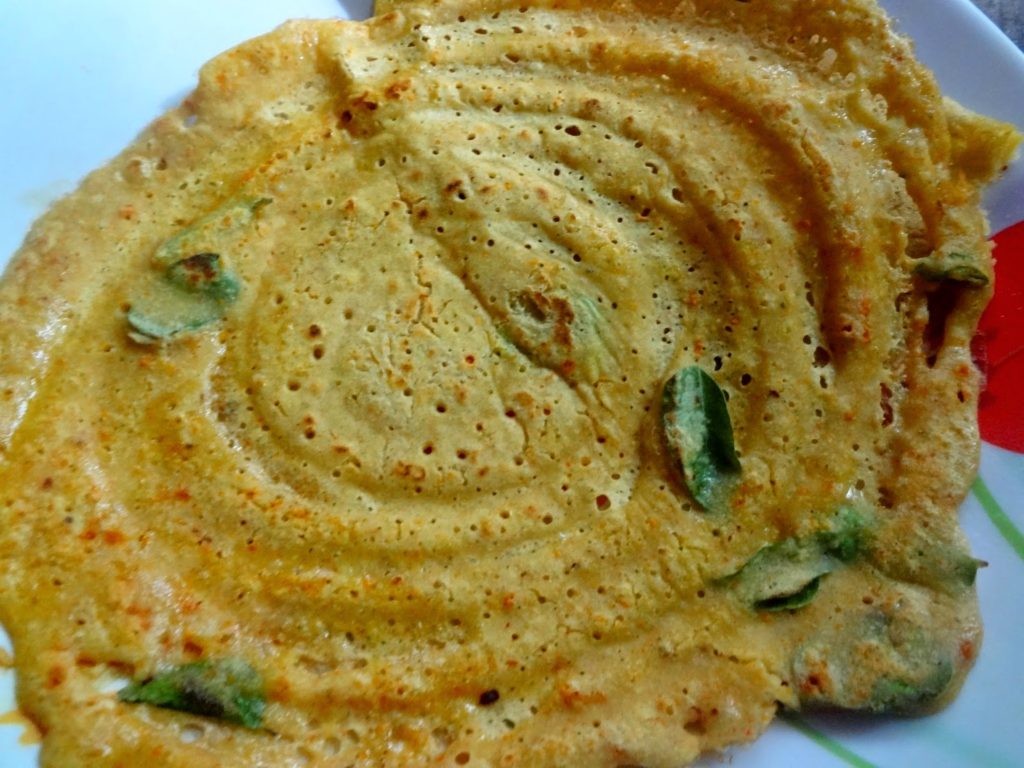Foxtail-millet-a-good-breakfast-food-for-diabetics-recent-research
About the author
Dr Geetanjali Bhide is an eminent nutritionist, researcher, academician, writer, speaker who believes in bringing millets back on platter for their many health benefits.
One small change that can make a huge difference
‘Foxtail millet’ also known as navane or ral is a highly nutritious ‘millet’ that renders many health benefits. It is rich in good quality proteins, minerals, dietary fibre and antioxidants. Foxtail can be a used as a good breakfast substitute. A recent study suggests that replacing the rice in the usual ‘dosa’ can be extremely effective way to prevent rise in blood sugar levels in Type 2 diabetics. Dosa and Idlis made with rice and urad dal are the staple breakfast menus in South India. One small change that is use of foxtail millet instead of polished rice in dosas can make a huge difference.
The foxtail millet dosa was found to be beneficial in treatment of Type 2 diabetes in many ways-
Foxtail millet with its high fibre content has a higher satiety index.
It is rich in minerals, proteins and dietary fibre.
The high soluble dietary fibre prevents rise in blood sugar levels after meals and blood sugar can be maintained for a long duration.
In the long run, regular intake of foxtail millets can also help to control lipid profile and HbA1C levels in diabetic patients.
Above all the glycemic index of foxtail dosa was 59.25 and of rice based dosa was 77.86.
Blood glucose(mg/dl)
Rice Dosa
Millet Dosa
Fasting Blood glucose
167
163
Post meal Blood glucose
213.7
169
Values expressed as Mean
Thus, the choice is yours; a small change in your daily diet can reap you several health benefits. Choose Granoss- millet dosa mix, foxtail millets, or foxtail semolina for your daily breakfast to live healthy always.
Source: Narayanan, J., Sanjeevi, V., Rohini, U., Trueman, P., and Viswanathan, V. (2016). Postprandial glycaemic response of foxtail millet dosa in comparison to a rice dosa in patients with type 2 diabetes. The Indian Journal of Medical Research, 144(5), 712–717. http://doi.org/10.4103/ijmr.IJMR_551_15
Posted in:
Research on millets





Leave a comment
Log in to post comments
Comments
Very informative
By : Pavan Kumar On October 2nd 2017Very informative ... Thanks for the nice article.